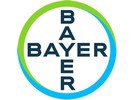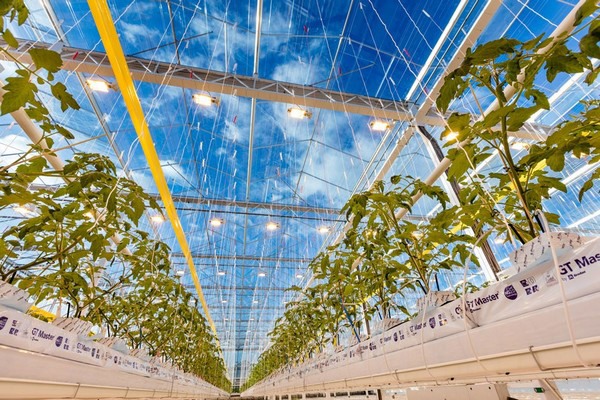The De Ruiter Experience Center (DEC) will broaden its horizon to cucumbers in 2022 after previously growing only tomatoes. Many hundreds of new cucumber varieties will be tested every year in a new glasshouse.
The addition of cucumber to the DEC underlines Bayer’s commitment to protected growers and will strengthen its pipeline. The project is also a next step for the successful partnership between grower BraZander, who will make the investment and own the glasshouse, and Bayer, who will lease and operate it for at least 10 years.
Since 2013, Bayer has been testing new varieties of tomatoes and trialing growing techniques at the DEC, which is located in an area just outside of Rotterdam characterized by the presence of an incredible number of greenhouses. Since 2017, commercial varieties have been grown there as well.
“The project is the next step for Bayer’s collaboration with BraZander, a tomato and paprika producer with whom we have an excellent partnership at the DEC,” says DEC manager John van der Knaap. “It will also change the whole outlook of the Experience Center by expanding the crops grown and make it even more relevant for the glasshouse sector.” Owner Paul Zantman of BraZander adds: “For us, it’s a great opportunity to strengthen our cooperation with Bayer and also to expand our knowledge in regards to the production of cucumber, which is a beautiful product.”
Technical setup
The new greenhouse will consist of 3.200 m2 with artificial light (LIT) for highwire and 4.000 m2 of traditional crops. “This testing footprint expansion in glasshouses will allow us to evaluate our new varieties under commercial conditions,” says Renske Vellekoop, Head of Testing EMEA Protected Glasshouse at Bayer.
The focus will be on pre-commercial varieties - testing our pipeline for the future. The newly built glasshouse will help the company achieve its sustainability goals as a best practices location.
The new glasshouse will be digitally enabled. All data collection on yields will be done using a system called Gearbox, which supports growers in their decision making, using smart cameras and software with machine learning. “Gearbox gives valuable insights we never thought would be possible, which gives us a headstart”, says Van der Knaap.
Timing
The construction of the new glasshouse started in November, with the intent of starting the first crop cycle in May 2022.
 Bayer
Bayer
